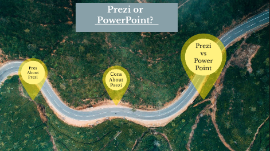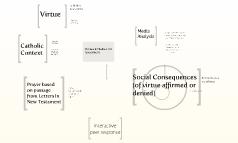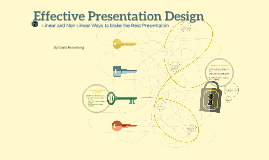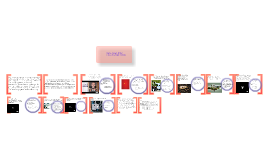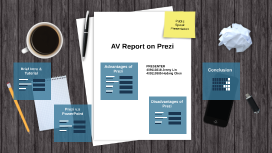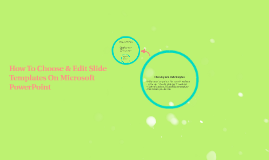Digital Design & Edit
Transcript: Digital Design & Edit Main Archetype: Creator. Ad 1) QR codes got dictators talking in a recent print ads from the free-press advocacy group Reporters Without Borders. You scan the QR code with your iPhone, then place the phone over the leader's mouth. The mouth starts talking—but it's the voice of a journalist discussing media censorship in that country. Since I couldn't actually get the ad because it is in a magazine using digital technology, I found this video of it. The archetype I see most in this ad is Magician because of three indicators. I also saw that it represented Orphan for obvious reasons. "Changing the way we name our experience is a powerful way of transforming our lives." Pearson- What if you are a victim of these dictators, how do disasters like these define you as a person? This ad has the ability to really speak the intentions of the leader through digital design. It also demonstrates magician because it is an example how algorithms shape our world and society and how circumstances like this effect people. Finally, this video demonstrates magician because technology like this gives people new insights and allows important information to be easily transferred through different economies allowing people to have positive inspiration from outside perspectives . Ad 2) This ad is a perfect example of design and edit. The design plan of this ad has relevance and creativity and really narrows down to the sleek point of the message not to mention, the ad itself has a very sleep appearance. Three indicators show me that the archetype used most was 'Creator' This ad used the archetype 'creator'. Who would really think to use a renown symbol of the business as the demonstration of the message. Editing the fries to make a 'Wi-Fi' symbol is extremely creative. "Creating a life . . . is not about creating a product, but about enjoyment of a process" Pearson. This relates to the ad because its' saying not only do you want our fries, but our free Wi-Fi as well! This ad doesn't speak anything but creativity. Every aspect of it is creative! It nurtures its creative side by being so different, yet simple and to the point. It saying the joy from eating at McDonalds also comes from the amenities they include with it; free WI-FI. Ad 3) This was an Advertisement for a camera emphasizing how clear the picture is. It also demonstrates Creator because of three indicators. How creative is this to actually make something that looks like a bad pixelated photo? Some created this to show what difference pixel counts make. Digital Design and Edit entails endless creativity, but besides the fake dog ad, the ad next to it pulls it all together to give an easy, understandable message. Finally, the main point of this ad is that it is so unique; being unique draws attention, which is an advertisers goal, and this ad does it with 100% creativity. Ad 4) This is kind of disturbing but that's because it gives off a strong message. This ad uses Orphan to display its message, but the design of the ad itself uses creator. Orphan means a civil response to violence. This ad demonstrates world hunger as a problem for everyone, even those who are least deserving of it, children. The ad didn't chose to use adults needing food, they chose babies. People naturally feel the need to take care of babies, so to see them desperate enough to take milk from an animal really triggers an alert in a readers mind. Digital design and edit is all about pathos and ethos, using strategies to have the ad relate to people. Even though every ad is created, different archetypes are used in each one to demonstrate the message. This one happened to be orphan, which to me symbols vulnerability. This ad is an example of creativity because if you think of other world hunger ads, you imagine a picture of a group of African Americans looking at the camera near a land that looks like poverty. This ad actually captures reality, the children are white to show it is all types of people that suffer, not just people of one color. AD 5) This ad creates a demonstration how history will repeat itself unless something is done, and with history comes violence, crime, war, and other problems of society and the economy as a whole. This ad demonstrates destroyer for three reasons. "It seems an affront to human feeling to suggest that these victims of man's barbarity were experiencing their appropriate karma from previous lives" (Pearson, p. 139) I thought of one thing when I read this, history. Look carefully at the ad, the world is on rotating wheels, what goes down comes back up and what goes up falls back down, The Destroyer takes what someone has going for them away and makes it so they have to change paths. This is all about making a change or nothing will change. It is also about having something positive, and then having it taken away by something in society. The digital design and edit really made created this image to capture war and violence and used simple gestures







